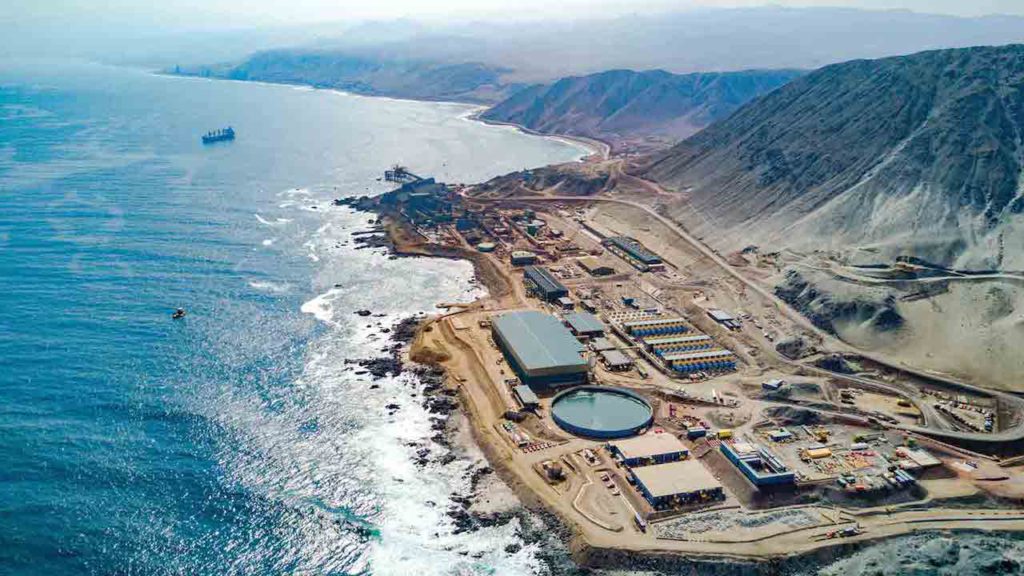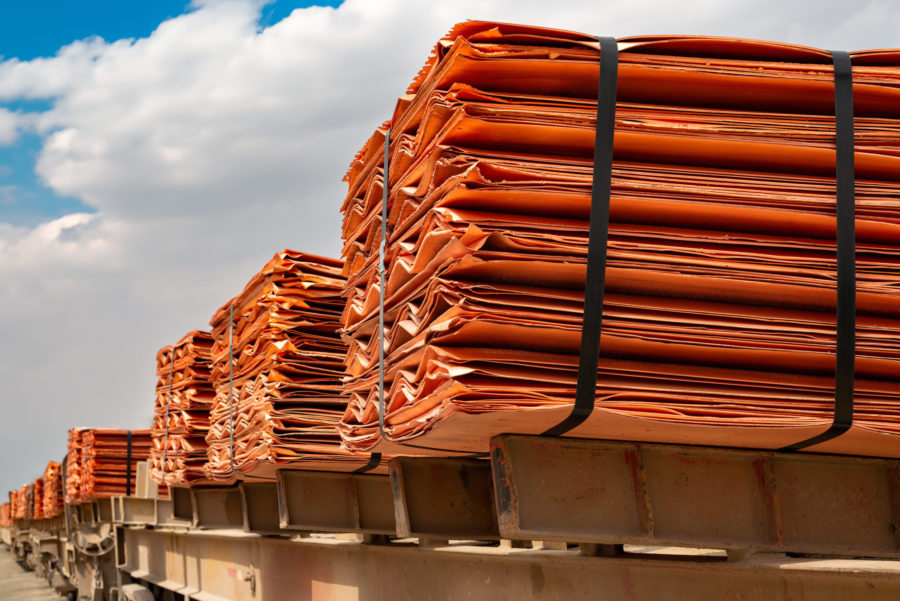Thirsty copper mines turn to sea as Chile water debate rages

There’s a big silver lining in a new report predicting a surge in water use by Chile’s massive copper industry: most of it will come from the sea, rather than shrinking continental supplies.
While mines in the top copper nation are seeking ways to use less water, there’s only so much they can do. Much of an expected 21% increase in output by 2032 will come from low-grade sulfide deposits that need more water to process, according to the report released Wednesday by copper agency Cochilco. That will push up mining’s water use to 20.9 cubic meters (about half an average household pool) per second.
Mines are getting thirstier just as a decade-long drought and booming agricultural exports put Chile’s shrinking freshwater reserves under strain. Calls are mounting to safeguard supplies for human consumption under a new constitution currently being written up.
The Cochilco report estimates that mining’s use of seawater — either used directly or desalinated — will increase 167% by 2032, while freshwater use will decline 45%. By the end of that period, 68% of water used by the industry will come from the ocean, the agency concluded.
Whether that’s enough to appease water activists and the broader population remains to be seen.
(By James Attwood)
Now read: BHP’s Cerro Colorado copper mine in Chile hit by further water measures
More News
Trump’s tariffs shake markets, threaten metals trade
The tariffs include a universal 10% levy on imports and targeted measures on 60 countries, marking a major shift in trade policy.
April 03, 2025 | 10:56 am
Copper price plummets amid fears of Trump tariffs hurting demand
Most major copper producers also saw significant losses in the stock market.
April 03, 2025 | 09:51 am
{{ commodity.name }}
{{ post.title }}
{{ post.excerpt }}
{{ post.date }}



Comments